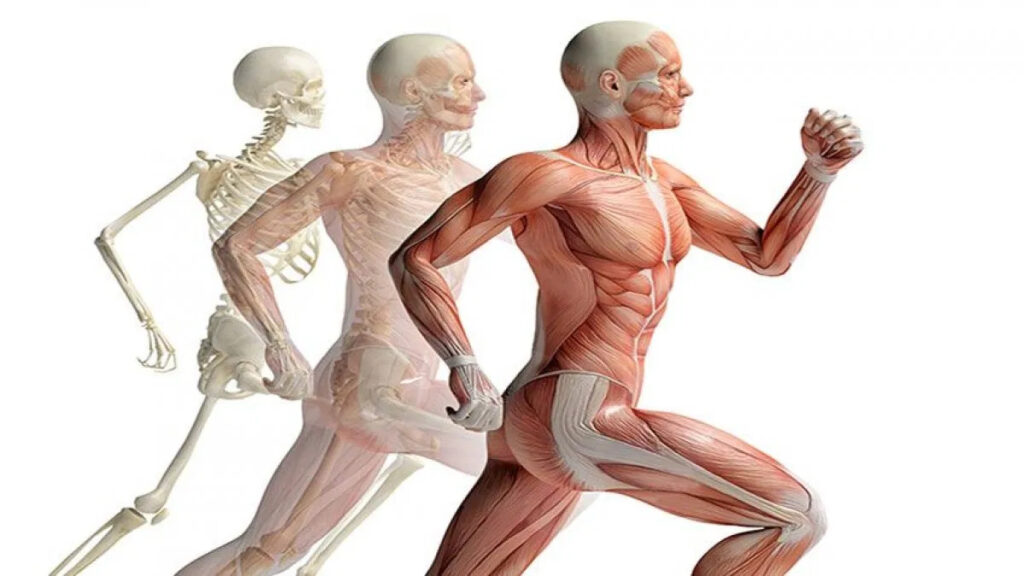Tracing the Origins of Kinesiology: A Historical Perspective
Uncovering the Evolution of Movement Science and Exercise Physiology

Kinesiology Body and Muscles
Kinesiology, the study of human movement, has a rich history that spans centuries and encompasses various disciplines. From ancient Greek philosophers to modern-day researchers, the quest to understand the mechanics of the human body in motion has played a pivotal role in shaping the field of kinesiology.
The roots of kinesiology can be traced back to ancient Greece, where philosophers such as Hippocrates and Aristotle laid the groundwork for our understanding of anatomy, physiology, and the principles of human movement. Their observations and writings on the importance of exercise and physical activity for health and well-being set the stage for the development of kinesiology as a scientific discipline.
In the 19th century, the field of kinesiology began to take shape with the emergence of physical education and exercise science as academic disciplines. Pioneers such as Dudley Allen Sargent, a professor at Harvard University, and Genevieve Stearns, a physical education instructor, made significant contributions to the study of human movement and exercise physiology.
The 20th century saw further advancements in kinesiology, with the establishment of professional organizations such as the American College of Sports Medicine (ACSM) and the National Academy of Kinesiology (NAK). These organizations played a crucial role in promoting research, education, and practice in the field of kinesiology, shaping its evolution into a multidisciplinary field encompassing areas such as biomechanics, exercise physiology, motor control, and sports psychology.
Today, kinesiology continues to evolve and expand, with researchers and practitioners exploring new frontiers in movement science and human performance. From elite athletes to patients recovering from injury, the principles of kinesiology are applied in a wide range of settings to optimize movement, enhance performance, and improve quality of life.
In conclusion, the history of kinesiology is a testament to the enduring quest to understand and optimize human movement. From ancient philosophers to modern-day scientists, the study of kinesiology has provided valuable insights into the mechanics of the human body and the importance of physical activity for health and well-being.
References:
- Hatfield, B. D. (2006). The History of Exercise Physiology. In: T. Horn (Ed.), Advances in Sport Psychology (pp. 237-261). Champaign, IL: Human Kinetics.
- Howley, E. T., & Franks, B. D. (2007). Health Fitness Instructor’s Handbook. Champaign, IL: Human Kinetics.
- Katch, F. I., McArdle, W. D., & Katch, V. L. (2011). Exercise Physiology: Nutrition, Energy, and Human Performance. Philadelphia, PA: Wolters Kluwer/Lippincott Williams & Wilkins.






